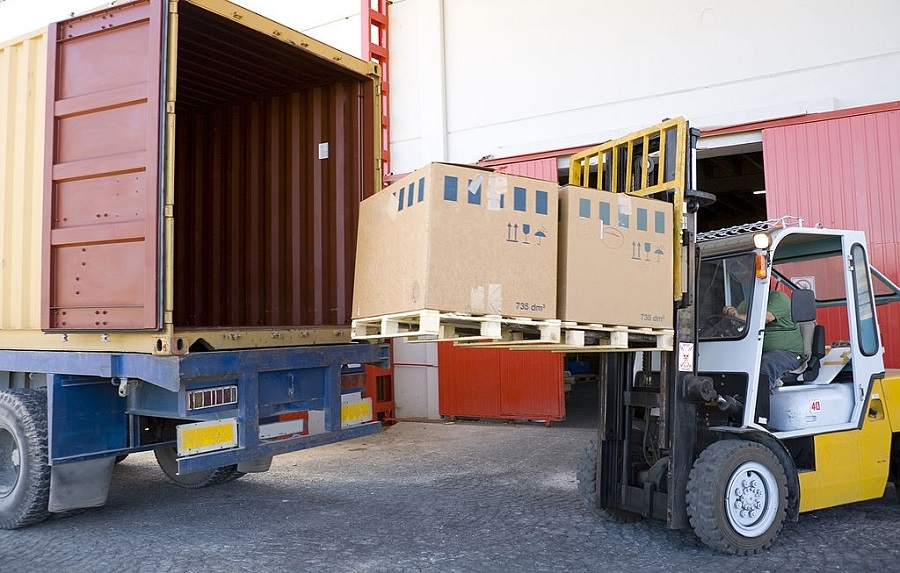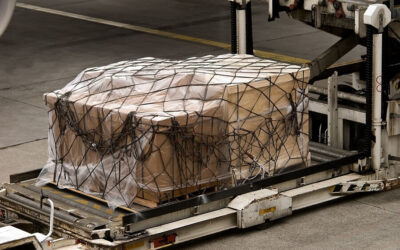Full Container Load vs Less than Container Load – How FCL and LCL Works
Table of Contents
As the world is becoming more globalized with every new day, more and more goods need to be transported across different parts of the world. Depending upon the size of shipment, there are different options for the shippers or exporters to transport those products. It is significant for the trader to choose the most appropriate technique keeping in mind the
- Size of the shipment
- Cost of the shipment
- The time required to transport the freight
Along with that, there are other important things to consider including the customs procedures and rules.
Considering the cost and size factor, when transporting goods across the continents, it is more financially savvy to transport them by the ocean. For centuries, ocean freight shipping has been one of the most opted options for trading internationally. Moreover, it offers a reliable way to move huge volumes of shipment. It also provides options for different sizes of cargo. While moving goods by the ocean, two of the ways to ship them are
- FCL
- LCL
What Do FCL and LCL Mean?
Though these two are some of the widely used terms in international export and import businesses yet many don’t know what actually they refer to. Shipment Volume is one of the key determining factors to transport goods. Measured in cubic meters or cubic feet, this term refers to the space that the products to be transported occupy. Usually, LCL allows to keep a small-scale and accommodating product inventory. On the other hand, for FCL, products with huge volumes or large quantities are suitable. Several other factors govern the trader’s transportation decision
- Business requirements
- Inventory demands
- Cost
- Type of the products
FCL
FCL or Full Container Load way of shipping is suitable for the cargo that occupies a full-sized container of 20 or 40 ft. So, when the shipper has to move products that take up the space of one full container, FCL is the best option. For FCL, the container is exclusively used for a single shipment and there is no space to share with other goods.
How Does FCL Work?
In FCL, the products in the container are usually claimed by one shipper. One thing to note is that even if the cargo doesn’t take up all the space of the container, for instance, if it’s occupying half or quarter the volume of the container, the shipment will still be called FCL. The trader can ship the products in whatever way they want to and can have a variety of size options depending upon the cargo requirement including
- Reefer Container
- 20ft Container having a capacity of 10 standard pallets
- 40ft Container can transport 20 standard pallets
- 40ft High Cube Container with space of 21 standard pallets
- 45ft Container can hold up to 24 standard pallets
Why Choose FCL?
There are multiple conveniences that a shipper can have in FCL.
- For FCL, the cost of unit per freight is less than that of LCL.
- The import fee needs to be paid in both cases no matter the size of the load.
- FCL is a faster option to deliver the products as the cargo doesn’t need to be unpacked and then packed again at different ports.
- For cargoes that need to be loaded in Flexibags, the only option to load your shipment is in FCL mode. Flexibags are only offered by FCL.
- Transportation and insurance costs for FCL are lower than those for LCL.
LCL
LCL or Less Container Load is for the cargo that doesn’t occupy the space of a full container. LCL is suitable for the traders whose cargo is much less than the size of a full container and only occupies a small portion of it.
How Does LCL work?
In this case, their cargo is packed along with the products belonging to different parties. LCL is most convenient for the shipments with lower volumes. Along with the ownership, the cost of the shipment is shared too. The cargo is separated at different ports to be delivered to their final destination
Why Choose LCL?
- Very convenient for transporting small-scale volume of goods.
- Though LCL costs more than FCL per unit freight, as its cost is based upon the weight of the cargo and CBM, it is affordable even cheaper for the shippers with smaller cargoes.
- LCL offers lower warehousing and inventory costs as it is easier to arrange and sort them in a smaller space as compared to FCL.
- When there is no rush to transport lower volumes of goods, LCL is a good option
Difference Between FCL and LCL
- FCL refers to shipment for which all the goods in the container are owned by a single party while in LCL, the goods belonging to multiple owners are packed together.
- In the case of FCL, the cost is borne by one party while in LCL, the cost is divided among different owners.
- LCL has complicated procedures having additional customs steps as compared to FCL. multiple documents have to be processed, goods for each customer need to be arranged, cleared, and delivered separately.





